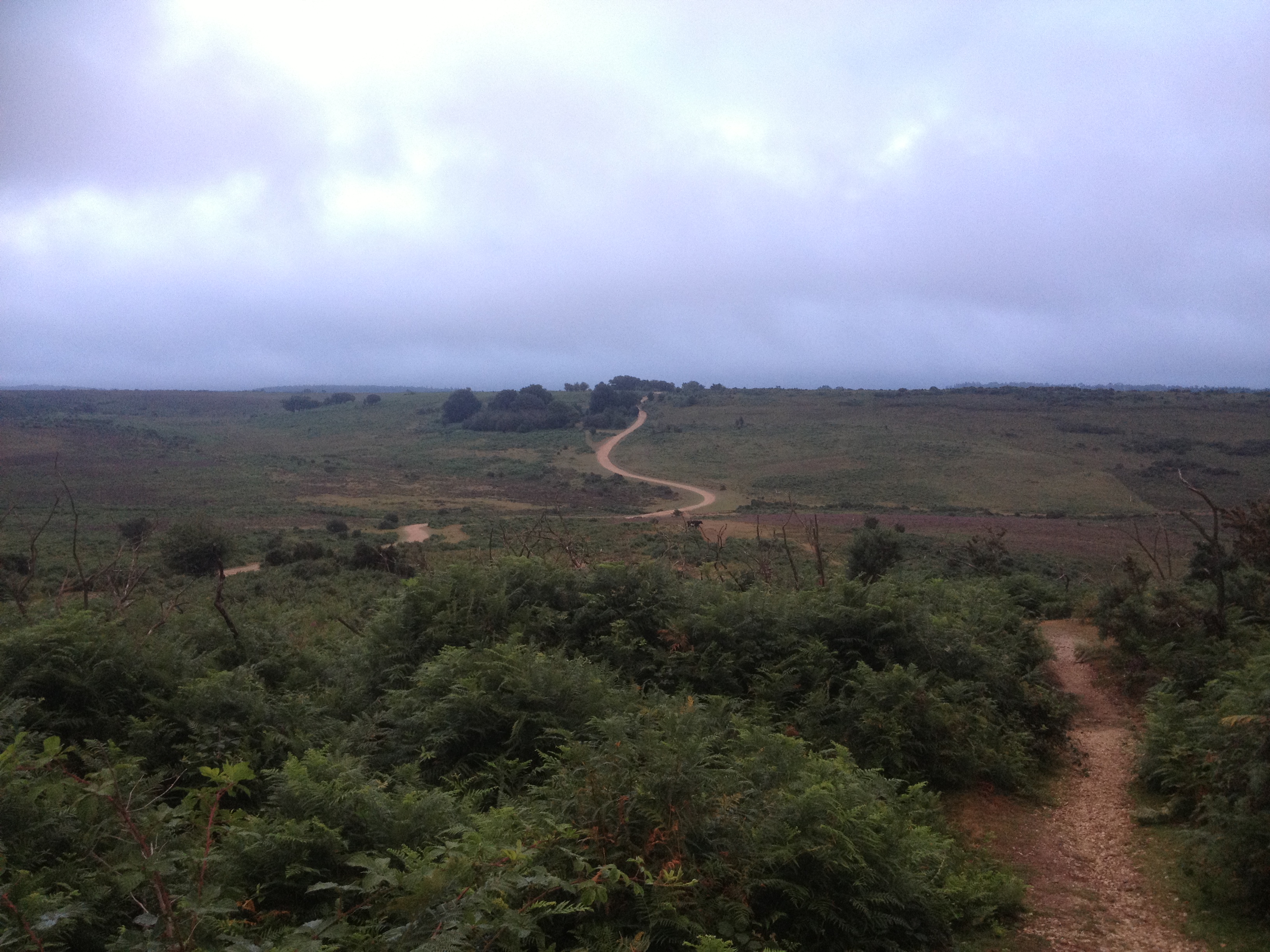
Much of the New Forest is a Special Protection Area (SPA), classified under the European Wild Birds Directive.
I’ve been taking advantage of the lighter mornings recently (March 2014) and have been getting out onto the Forest just as the sun is beginning to rise. My early forays have enabled me to experience the melodic repertoire of birdsong that is the dawn chorus. Its volume and intricacy is made all the more discernable by the lack of background noise from other human activity and provides a musical soundtrack to my walks as I navigate the misty footpaths. It is a definite indication that spring is here.
Breeding season
The reason for the ‘dawn chorus’ of course is the breeding season when the songbirds are busy establishing territories and advertising for mates. I am beginning to be able to identify their calls and, in the case of the greater spotted woodpecker, the echoes from their displays. As well as providing habitat for songbirds the New Forest is also a breeding site for many species of ground nesting birds. The UK has lost 70% of its heathland habitat making the New Forest particularly important breeding site for heathland birds such as the rare nightjar, woodlark and Dartford warbler. Much of the New Forest is a Special Protection Area (SPA), classified under the European Wild Birds Directive, which affords them enhanced protection.
Breeding and nesting birds
The survival of commoning and the associated grazing system of the New Forest, which was established nearly 1000 years ago, has been one of the most important factors in maintaining its nationally and internationally important nature and landscape conservation value. However, whilst the New Forest offers a suitable habitat there are many other factors that influence the success of breeding birds, including finding an adequate food supply, favourable weather conditions and a lack of predation. We, as visitors to this unique landscape, can also help to increase their chances of breeding success by minimizing our disturbance to them when we go out onto the Forest. The ground nesting birds particularly need our support from March through to July, where any disturbance to their breeding areas or nest sites could have disastrous consequences for their eggs or chicks. Always stay on the designated cycle tracks or footpaths, rather than wandering ‘off-piste’, and keep dogs under control.
Off piste visitors
The New Forest has 13.5 million day trip visitors each year (excluding all other types of visitor). It doesn’t take a great deal of imagination to realise the effects that this many people walking or cycling about the Forest, away from the designated footpaths or cycle tracks, will have on the wildlife. In order to sustain its natural landscape and protect the species that depend upon its myriad habitats it is necessary for us to limit any negative impact we have on this unique environment. This we can do by curbing our enthusiasm for exploring the ‘wilderness’ of the New Forest ‘off piste’ and convincing others to do the same. Play: New Forest dawn chorus



You must be logged in to post a comment.